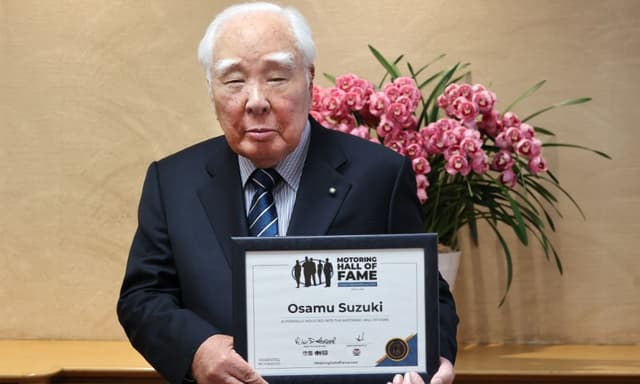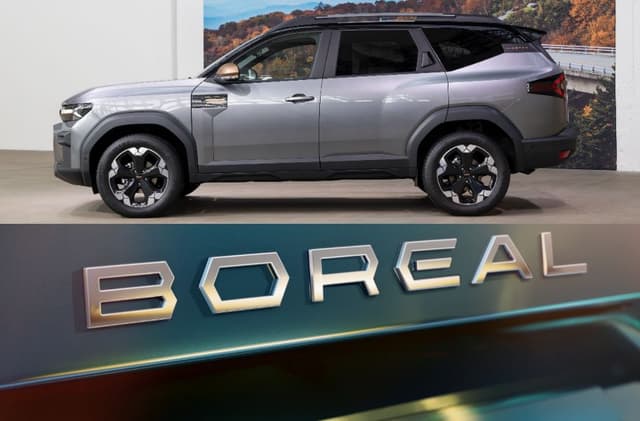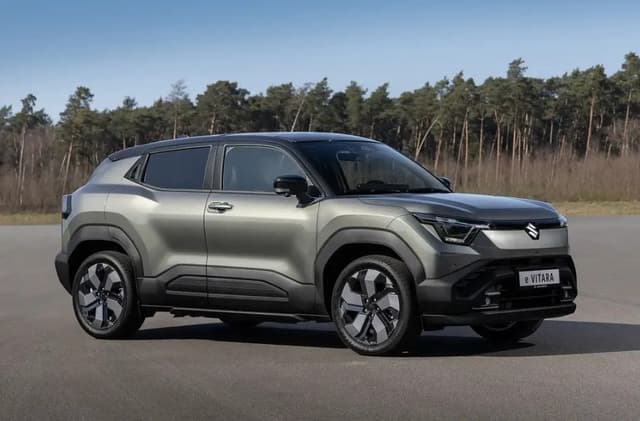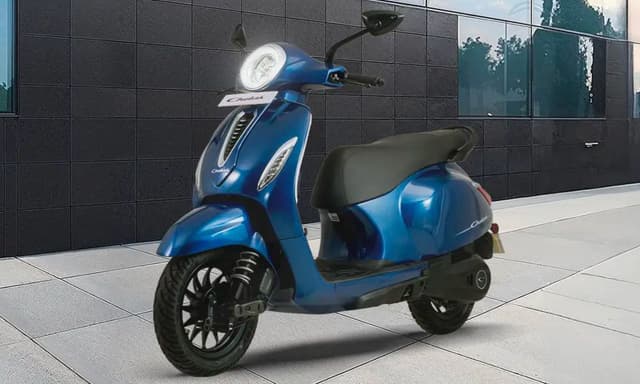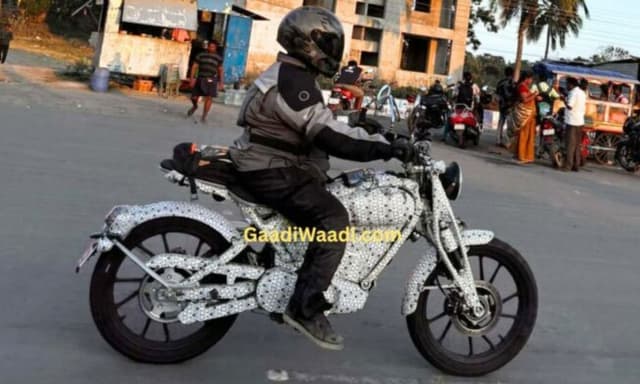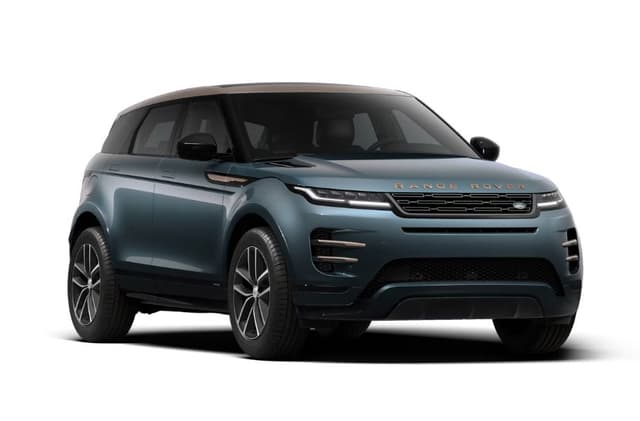How A War-Time Transport Delivered Freedom To Indian Women - History Of The Scooter

Highlights
- Entry of scooters into the Indian market.
- Early manufacturers of scooters in India and innovation in the industry
- Role of the scooters in womens freedom in India.

Photo Credit: unsplash.com
India is the second largest manufacturer and consumer of gearless two wheelers, a market where scooters hold a very special spot. People prefer scooters for various reasons like ease in mobility in the narrow lanes of Indian neighbourhoods, easy parking spaces and increased personal mobility. Scooters are also quite popular among women as they are an easy and safe way of transportation. In fact, many scooter brands today cater primarily to women. Let's take a look at the history of scooter in India and how it impacted Indian households.
Scooter enters the Indian Market
Scooters saw regular use during World War 2 in military bases for their messenger services. Some were even designed to be dropped by parachute with army airborne troops for use after landing. But they truly gained global popularity post-war when the roads in Europe were largely destroyed due to saturated bombing. Many aviation manufacturers, seeing a giant dip in demand for planes , also turned to scooter manufacturing to earn money. The Italians started using Vespa scooters, manufactured by Piaggio, to navigate the tough conditions of post-war Italy. It gained immense popularity and in 1948, Bajaj Auto imported the Vespa Scooter to India and gave Indians a new, affordable way to be on the road.
Initially, the scooters gained tremendous response in the Indian market and formed a major share of the Indian automobiles industry. Looking at the growing potential of two wheelers in India, API (Automobile Products of India) ventured into the scooter market and started producing home-grown scooters in the 50s. The next company to enter this lane was Enfield. In the 60s Bajaj Auto started manufacturing scooters as well, but they were not independent manufacturers like the competitors as they were in partnership with Piaggio.

Photo Credit: www.pexels.com
Also Read: 9 Uber-Rich Celebs Who Prefer Their Practical Toyota Cars For Daily Transport
Era of the gearless scooter
History of Scooter in India entered a new phase when scooters started losing their popularity in India during the late 70s and early 80s when motorcycles took over the roads and the attention of Indian men. Scooters were heavy and had clutch and gears, and were designed that way because they were mostly ridden by men. With the onset of the motorcycle craze, scooters started losing popularity. It is then that the manufacturers shifted their scope and started looking at something that's lighter and easier to drive. A scooter that anybody in the family could ride – from older men to women.
Kinetic had already had some success with the slender Luna moped being used by both younger and older women in addition to men. However, when it collaborated with Honda to produce gearless scooters with automatic transmission, it wanted to come out with a uni-sexual product. Unlike their predecessors, these new scooters were lighter with a sleek design. The electric start came almost a decade later, but even the kick start in the earlier models were advertised to be much easier than that of the heavier scooters like Bajaj. It now became easier for women to go anywhere and run errands that they previously couldn't and drop kids off to school etc.
Women on the scooter
After the success of Kinetic in the gearless scooter market, TVS entered the fray with an even lighter ‘Scooty'. Two years into its launch, TVS discovered that a big percentage of their buyers were women. So in 1996, TVS took a big calculated risk and decided to market Scooty for women only. The new ad messaging was aspirational, a means of freedom and joy for young girls and working women. To make good on their new gamble, they started training schools for women in tier 2 cities and towns. They also introduced the Scooty pep variants in colours more appealing to women. Today, scooters have almost become synonymous with transport for women. Whether it be the college girl who wants a flashy ride, the home-makers and working women who need a scooter for errands or the girls and women in remote towns and villages who need to travel long distances to grow their small-scale businesses and careers. The scooter today is a means for these women to stand on their feet, be independent and express themselves freely. Scooters, today, are being produced with high functionality and support for women drivers. When Hero introduced its ‘Pleasure' with the tagline ‘Why should boys have all the fun', it gave a very clear message. With scooters women can go anywhere, when they want and with whoever they want. Owning a scooter has become an important part of women's lives in India, enabling them to accomplish more in the society.

Photo Credit: www.chetak.com
Also Read: 4 Popular Old Indian Scooters That Originated From Italy
Due to continuous innovation and growing need for affordable transportation, scooters will always have a place in the Indian market. It is one of the reasons why brands like Bajaj are resurrecting their old scooter models like Chetak for the Indian market.
Related Articles
Latest News
- Home
- News
- Auto Industry
- How A War-Time Transport Delivered Freedom To Indian Women - History Of The Scooter








